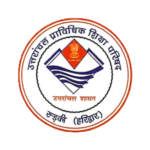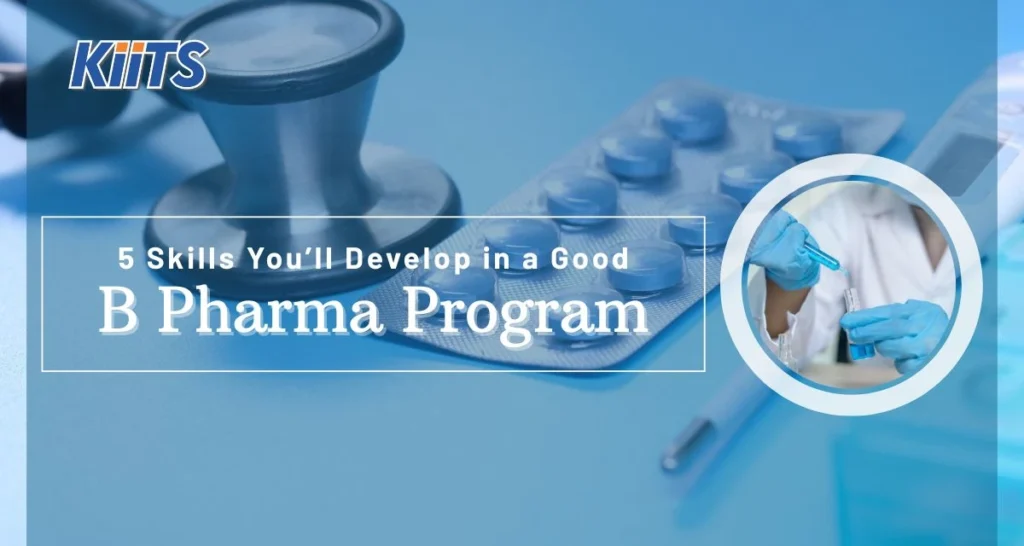Pharmacy practice plays a crucial role in the healthcare system, serving as a bridge between patients and their medication needs. However, the dynamics of pharmacy vary significantly between rural and urban areas, each presenting unique challenges and opportunities. Understanding these differences is vital for improving healthcare delivery across diverse settings.
Challenges in Rural Pharmacy Practice
Limited Access to Healthcare Facilities

One of the primary challenges of pharmacy practice in rural areas is the limited access to healthcare facilities. Rural regions often have fewer hospitals, clinics, and pharmacies, making it difficult for residents to obtain necessary medications and healthcare services. This scarcity can lead to delays in treatment and a higher incidence of untreated conditions.
Shortage of Qualified Professionals
The shortage of qualified healthcare professionals, including pharmacists, is a significant issue in rural areas. Many pharmacy graduates prefer to work in urban settings due to better career prospects and higher salaries. This disparity results in rural communities being underserved and reliant on fewer pharmacists, who may be overburdened with heavy workloads.
Infrastructure and Resource Limitations
Rural pharmacies often face infrastructural and resource limitations. These can include outdated equipment, limited access to advanced technology, and insufficient supply chains. Such constraints hinder the ability to implement advanced pharmacy, which relies on modern tools and technologies to enhance patient care.
Economic Constraints
Economic constraints are a persistent challenge in rural pharmacy. Many rural residents have lower incomes and limited health insurance coverage, which affects their ability to afford medications. Pharmacists in these areas frequently encounter patients who struggle to pay for prescriptions, leading to non-adherence to treatment regimens.
Opportunities in Rural Pharmacy Practice

Community Engagement and Trust
Despite the challenges, rural practice offers opportunities for pharmacists to engage deeply with their communities. Rural pharmacists often build strong, trusting relationships with their patients, leading to better patient outcomes. This trust can be leveraged to promote medication adherence and preventive healthcare practices.
Potential for Innovation
Rural settings provide a fertile ground for innovation in pharmacy. With fewer resources, pharmacists are often compelled to develop creative solutions to meet their patients’ needs. This can include telepharmacy services, mobile health units, and collaborative practices with other healthcare providers to expand the reach of healthcare services.
Support from Government Programs
Government programs aimed at improving rural healthcare infrastructure can also support advanced practice. Initiatives like financial incentives for healthcare professionals to work in rural areas and grants for improving pharmacy infrastructure can help alleviate some of the challenges faced by rural pharmacists.
Challenges in Urban Pharmacy Practice
High Patient Volume
Urban pharmacy practice is characterized by high patient volumes, which can be overwhelming for pharmacists. The sheer number of patients can lead to long waiting times, reduced time for patient consultations, and increased pressure on pharmacists to fill prescriptions quickly, potentially compromising the quality of care.
Competition and Commercial Pressure
Urban areas typically have a higher concentration of pharmacies, leading to intense competition. This commercial pressure can sometimes prioritize profit over patient care, with pharmacies focusing on increasing sales rather than providing comprehensive pharmaceutical care. This environment can make it challenging to implement advanced pharmacy models that emphasize patient-centred care.
Diverse Patient Population
Urban areas are often home to diverse populations with varying healthcare needs and language barriers. This diversity can complicate pharmacy, requiring pharmacists to be adept in cultural competence and communication skills to effectively serve all patients. It also necessitates a broader knowledge of different medical conditions and treatments.
Regulatory and Compliance Issues
Urban pharmacies must navigate complex regulatory and compliance issues, including stringent pharmaceutical laws and standards. Ensuring compliance with these regulations can be resource-intensive and time-consuming, posing a challenge to the seamless implementation of advanced practice.
Opportunities in Urban Pharmacy Practice
Advanced Technology and Resources

Urban pharmacy
practice benefits from access to advanced technology and resources. Urban pharmacies are more likely to implement advanced pharmacy practice through electronic health records (EHRs), automated dispensing systems, and other technological advancements. These tools enhance efficiency, accuracy, and the overall quality of care.
Continuing Education and Professional Development
Urban settings offer greater opportunities for continuing education and professional development. Pharmacists in urban areas can easily access conferences, workshops, and training programs to stay updated with the latest advancements in practice. This ongoing education is crucial for implementing advanced pharmacy effectively.
Collaborative Practice Models
The availability of a wide range of healthcare professionals in urban areas facilitates collaborative practice models. Pharmacists can work closely with doctors, nurses, and other healthcare providers to offer integrated care. This collaboration enhances the implementation of advanced pharmacy by promoting comprehensive patient management and improving health outcomes.
Economic Opportunities
Urban pharmacies generally have better economic prospects due to higher patient volumes and a more affluent customer base. This financial stability allows urban pharmacies to invest in advanced pharmacy initiatives, such as specialized services, patient education programs, and advanced therapeutic management.
Conclusion
Pharmacy practice in rural and urban areas presents distinct challenges and opportunities. While rural practice struggles with limited access, professional shortages, and economic constraints, it benefits from strong community ties and innovation potential. On the other hand, urban practice faces high patient volumes, competition, and regulatory complexities but enjoys advanced technology, professional development opportunities, and collaborative practice models.
To bridge the gap between rural and urban pharmacy, targeted interventions are necessary. Enhancing infrastructure, providing financial incentives, and promoting the use of technology can help rural areas implement advanced practices. Simultaneously, urban areas can benefit from strategies to manage patient volumes and foster patient-centered care.
By addressing these challenges and leveraging the opportunities, we can ensure that pharmacy continues to evolve, providing high-quality care to patients regardless of their geographical location.








